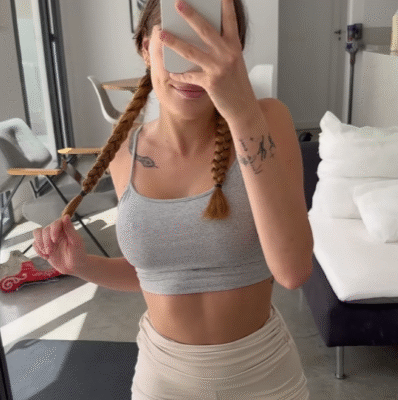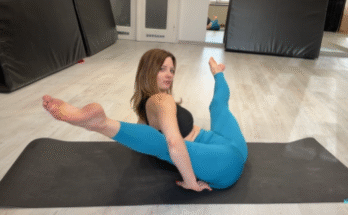
Life today is often full of noise, responsibilities, and constant movement. Between work, family, and personal commitments, it can be difficult to find time to simply breathe and care for your body and mind. Yoga, with its gentle stretches, deep breathing, and meditative qualities, is one of the most effective ways to reset your nervous system and cultivate a sense of calm. The best part is that you don’t need to attend a studio class or own expensive equipment to experience its benefits. A relaxing yoga flow at home can be just as powerful as any guided session in a wellness center. All you need is some space, a yoga mat or a comfortable floor, and the willingness to be present.
In this article, we will walk through the foundations of creating a calming home yoga practice, highlight simple postures that anyone can do, and explore how this flow can transform your energy and mood.
Creating the Right Space
Before beginning your yoga flow, it is helpful to prepare your environment. The space you practice in plays a huge role in how you feel during and after your session. Ideally, choose a quiet corner of your home where you won’t be interrupted. Lay out a yoga mat, or if you don’t have one, use a soft rug or blanket.
Dim the lights or use natural light if you are practicing in the morning. Some people like to add candles, soft background music, or calming scents such as lavender to enhance the experience. The goal is not perfection but to create a space that makes you feel safe and grounded.
Take a few minutes to put your phone on silent and allow yourself to disconnect from outside distractions. This small step already signals to your mind that you are entering a space of peace and self-care.
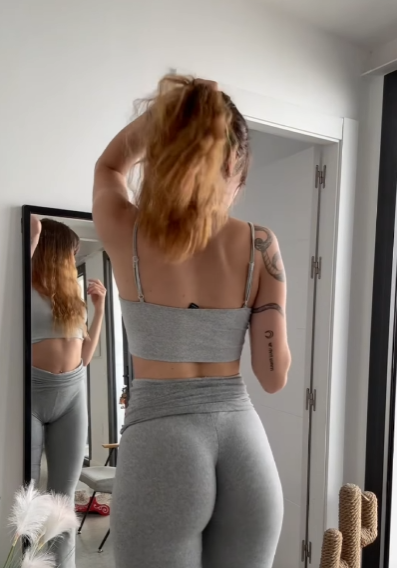
Beginning With Breath
Every yoga flow should begin with mindful breathing. Sit comfortably, either cross-legged on the mat or kneeling with your hands resting on your thighs. Close your eyes and take a few deep breaths, inhaling slowly through your nose and exhaling fully through your mouth.
Breath awareness helps you transition from the busyness of the day into the calm of your practice. Try three-part breathing: inhale deeply into your belly, expand into your ribcage, and finally lift the breath up into your chest. Then exhale slowly in reverse—chest, ribs, and belly. Repeat this for five rounds.
This practice soothes your nervous system and prepares your body for gentle movement.
Gentle Warm-Up
Before moving into deeper stretches, it’s important to warm up the body. Begin with simple movements to release tension.
- Neck rolls: Slowly roll your head from side to side, loosening stiffness.
- Shoulder shrugs: Lift your shoulders up to your ears and release them back down with a sigh.
- Cat-Cow stretch: On hands and knees, arch your back while lifting your gaze (Cow), then round your spine and tuck your chin (Cat). Flow between these two movements for a minute to awaken the spine.
These warm-ups gently prepare your muscles and joints, reducing the risk of strain.
The Relaxing Yoga Flow
This flow is designed for calmness and restoration, not intensity. Move slowly, hold each pose for a few breaths, and allow yourself to fully experience the stretch.
- Child’s Pose (Balasana)
Kneel on the mat, bring your big toes together, and sit back on your heels. Stretch your arms forward and rest your forehead on the mat. Breathe deeply, feeling your back expand with each inhale. This pose is grounding and helps release stress. - Seated Forward Fold (Paschimottanasana)
Sit with your legs extended in front of you. Inhale, reach your arms up, and exhale as you fold forward over your legs. Keep your spine long rather than forcing yourself down. This posture calms the mind and stretches the hamstrings and lower back. - Butterfly Pose (Baddha Konasana)
Bring the soles of your feet together and allow your knees to fall open. Hold your feet with your hands and gently lean forward. This hip-opening pose encourages relaxation and improves circulation. - Legs-Up-The-Wall Pose (Viparita Karani)
Lie on your back with your hips close to a wall and extend your legs upward. Rest your arms by your sides and let your breath slow down. This restorative posture is excellent for reducing fatigue, improving blood flow, and calming anxiety. - Reclined Twist (Supta Matsyendrasana)
Lie on your back, hug your knees to your chest, and then let them drop to one side while extending your arms out in a T-shape. Look toward the opposite side. Twists release tension in the spine and aid digestion. - Corpse Pose (Savasana)
End your flow by lying flat on your back with arms and legs comfortably spread. Close your eyes and allow your body to completely relax. Stay here for at least five minutes, focusing only on your breath.
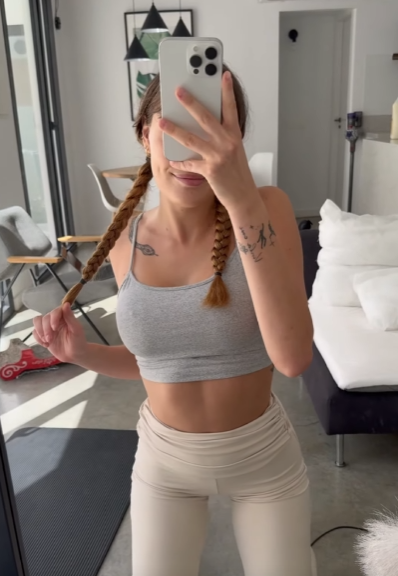
Mindfulness During the Flow
While practicing, try to keep your attention on your breath and body. If your mind wanders to worries or tasks, gently guide it back to the present moment. Yoga is not about perfect alignment but about connecting with yourself.
Many beginners think yoga is only about flexibility, but the true essence lies in awareness. By being fully present in each posture, you allow your nervous system to reset, releasing built-up tension and anxiety.
Benefits of a Relaxing Yoga Flow
When practiced consistently, even just 15–20 minutes a day, a calming yoga routine can bring noticeable changes:
- Reduces stress and anxiety: Deep breathing and slow movements activate the parasympathetic nervous system, which promotes relaxation.
- Improves sleep: Evening practice helps release physical and mental tension, preparing the body for restful sleep.
- Enhances flexibility and mobility: Gentle stretches loosen stiff muscles and joints.
- Boosts circulation: Poses like Legs-Up-The-Wall improve blood flow and reduce swelling in the legs.
- Supports emotional balance: Mindful practice helps you process emotions and feel more centered.
Over time, you may notice that you carry this sense of calm into your daily life, responding to challenges with greater ease.
Tips for Practicing at Home
- Keep it simple: You don’t need complicated sequences. A few restorative poses can make a big difference.
- Consistency matters more than duration: Even ten minutes daily is more effective than one long session once a week.
- Listen to your body: Never force yourself into discomfort. Yoga is about compassion, not competition.
- Use props if needed: Cushions, blankets, or blocks can make poses more accessible and comfortable.
- End with gratitude: After Savasana, take a moment to thank yourself for showing up for your well-being.
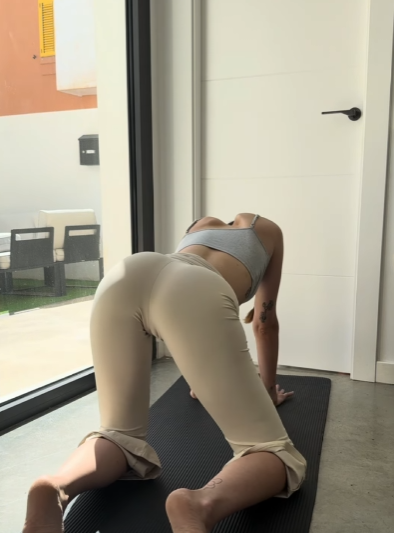
Closing Thoughts
A relaxing yoga flow at home is more than just physical exercise—it is a practice of self-care, mindfulness, and inner peace. By setting aside a small pocket of time, you create space to reconnect with your body and calm your mind. Over time, this simple habit can become a source of strength and balance, helping you move through life with more ease and clarity.
Whether you are a beginner or an experienced yogi, practicing at home allows you to create a deeply personal routine. You can move at your own pace, choose the poses that feel best, and enjoy the quiet comfort of your own space.
So roll out your mat, take a deep breath, and give yourself the gift of relaxation. Your body and mind will thank you.
